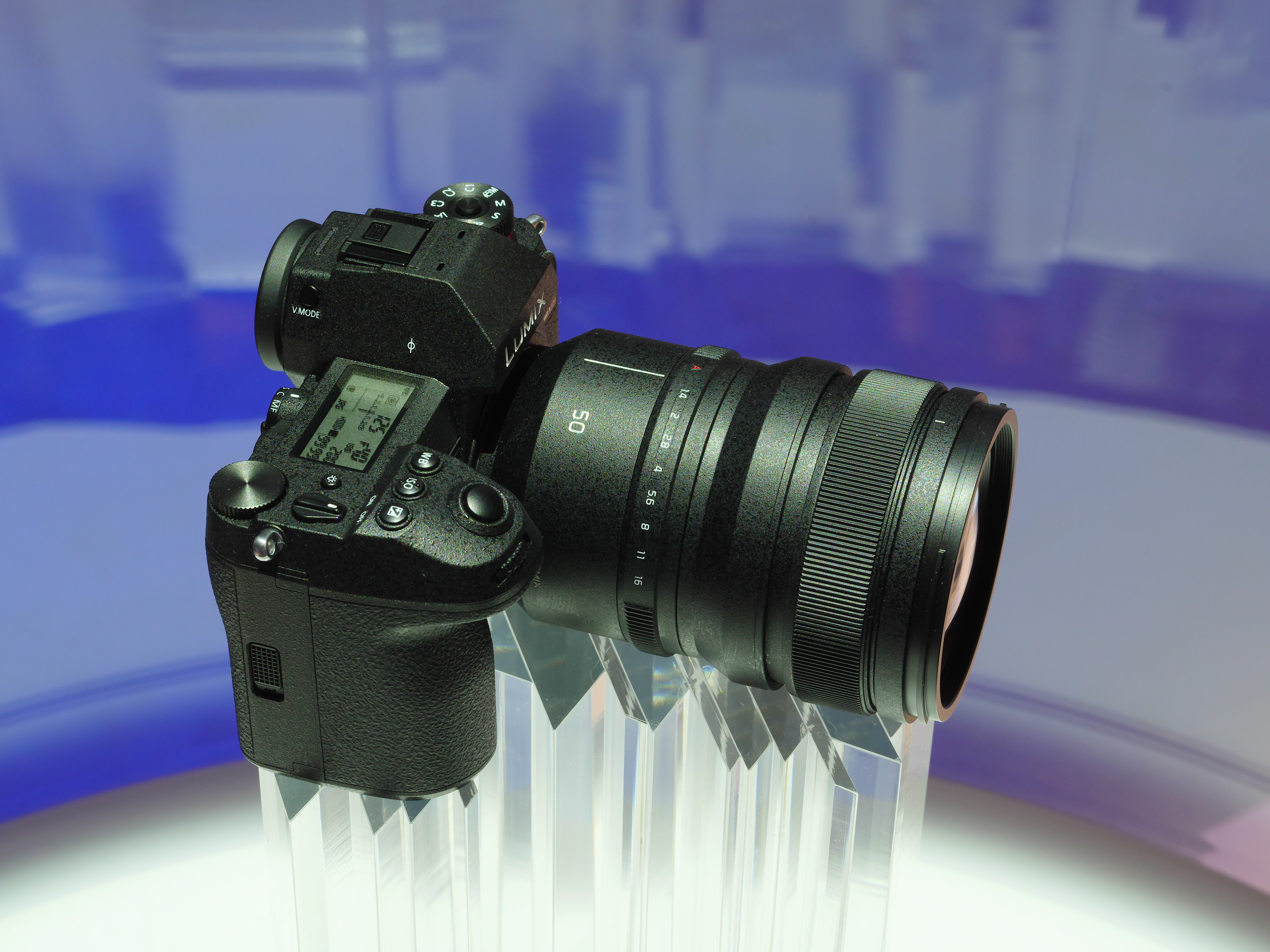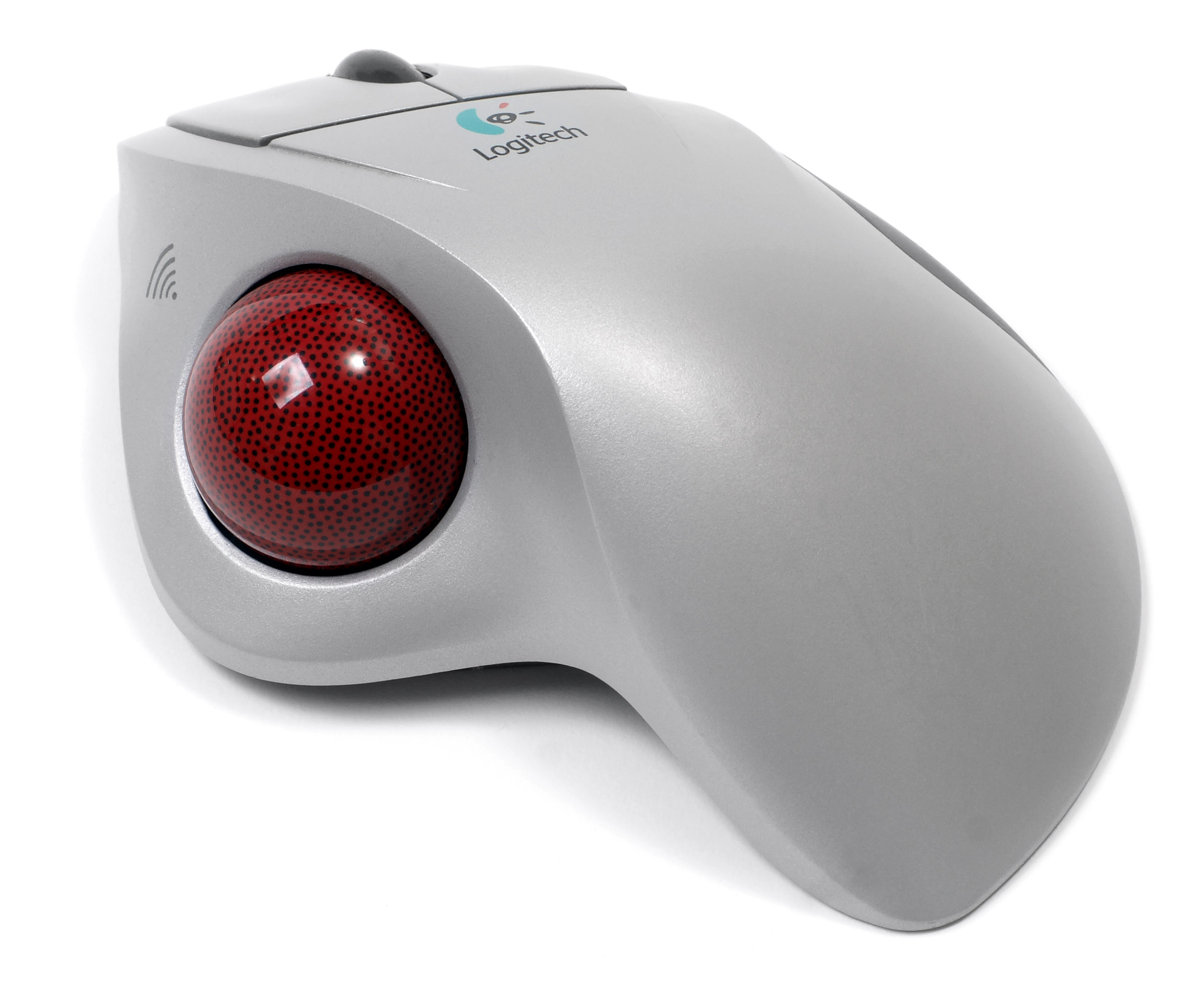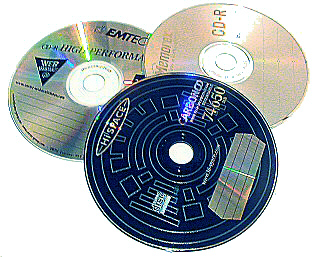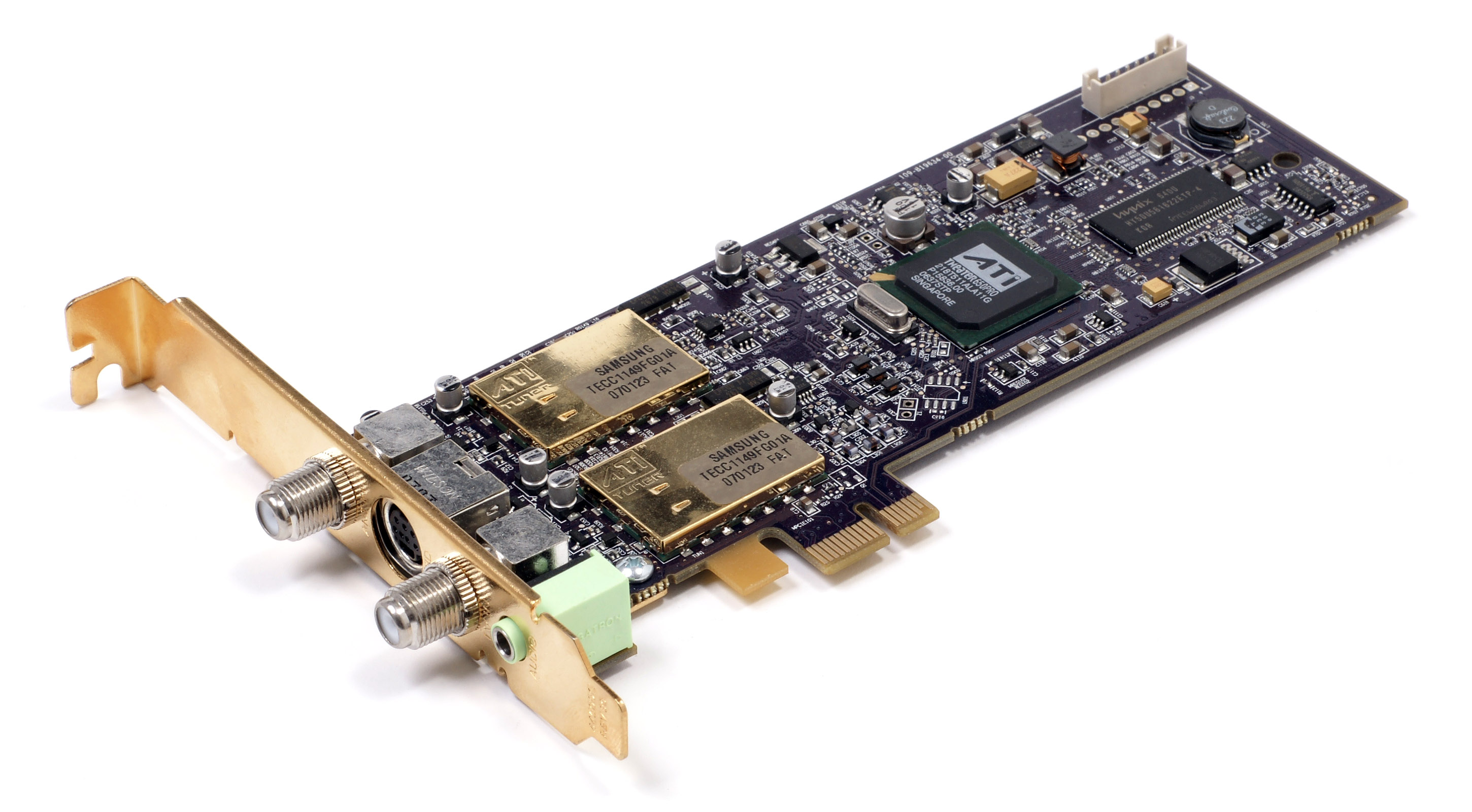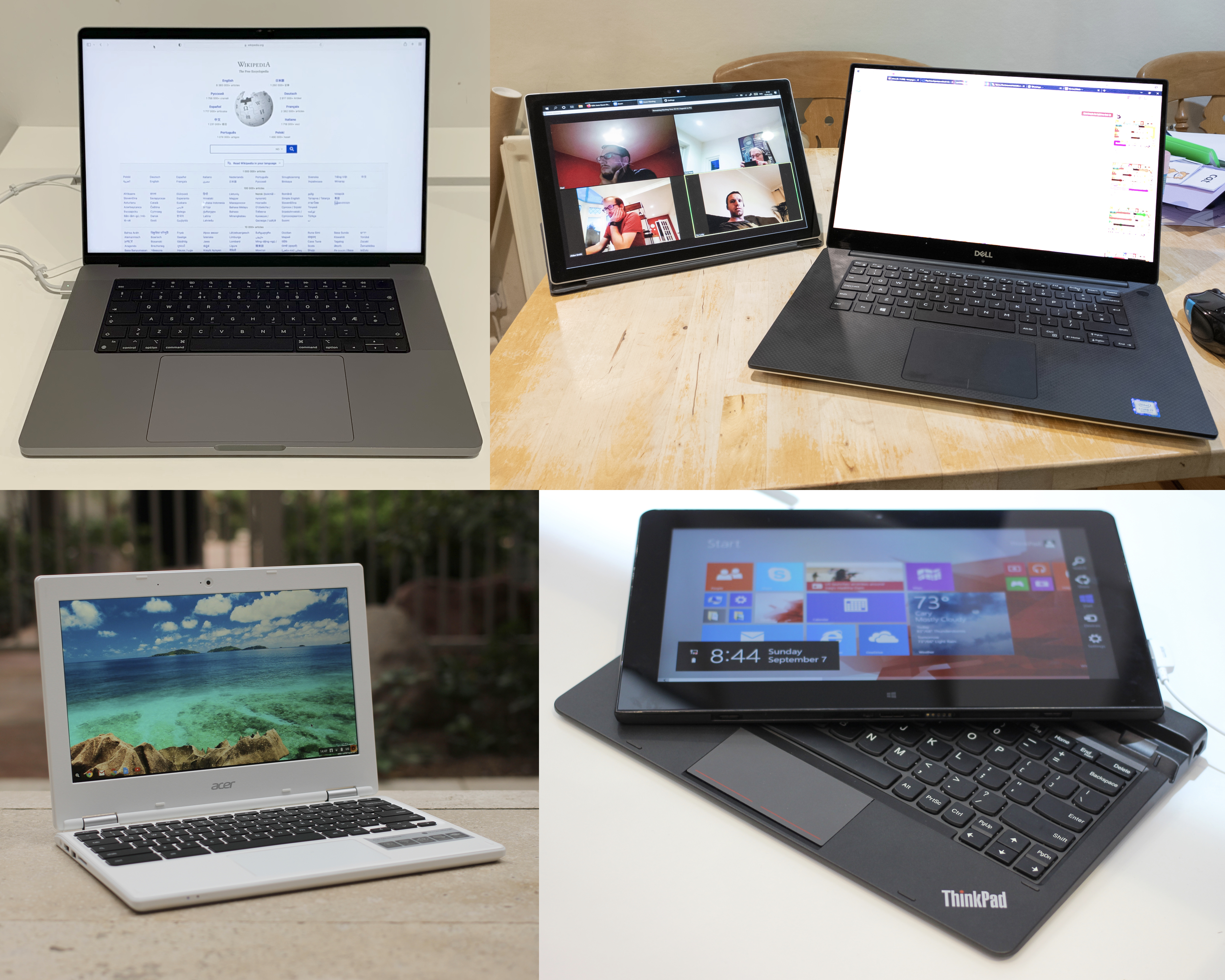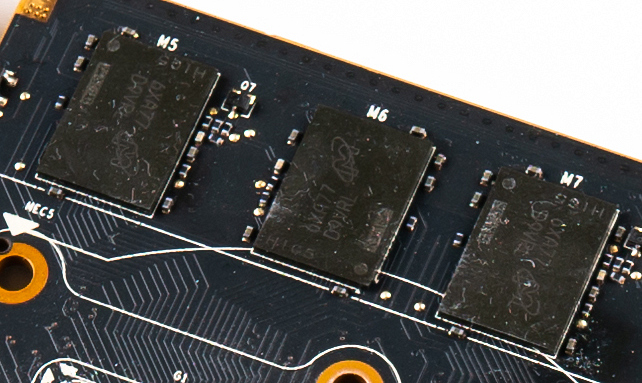|
Panasonic CF-V21P
The CF-V21P is a notebook-sized laptop released by Panasonic in 1993. It was the first notebook computer to have an integrated CD-ROM drive as an option, albeit it only supports up to 3.5-inch-diameter mini CDs instead of standard 4.7-inch-diameter discs. It was discontinued in 1994. Specifications On its release in October 1993, the stock CF-V21P featured an Intel i486SX microprocessor clocked at 25 MHz, initially upgradable to a 50-MHz i486DX2. Later, the company made the i486DX4 clocked at 75 MHz available as a processor upgrade. The stock amount of RAM on the motherboard is 4 MB, expandable to up to 20 MB with aftermarket RAM cards. The notebook was sold with either 80 MB or 120 MB internal hard disk drives, with a 450 MB drive later made an option on the high-end. For a pointing device, Panasonic built the CF-V21P with a trackball positioned at the center of the palm rest, with the left- and right-click buttons to either side of it. For s ... [...More Info...] [...Related Items...] OR: [Wikipedia] [Google] [Baidu] |
Panasonic
is a Japanese multinational electronics manufacturer, headquartered in Kadoma, Osaka, Kadoma, Japan. It was founded in 1918 as in Fukushima-ku, Osaka, Fukushima by Kōnosuke Matsushita. The company was incorporated in 1935 and renamed and changed its name to in 2008. In 2022, it reorganized as a holding company and adopted its current name. In addition to consumer electronics, for which it was the world’s largest manufacturer in the late 20th century, Panasonic produces a wide range of products and services, including Rechargeable battery, rechargeable batteries, automotive and avionic systems, industrial equipment, as well as home renovation and construction. The company is listed on the Tokyo Stock Exchange and is a constituent of the Nikkei 225 and TOPIX, TOPIX 100 indices, with a secondary listing on the Nagoya Stock Exchange. Corporate name From 1925 to October 1, 2008, the company's corporate name was "Matsushita Electric Industrial Co." (MEI). On January 10, 2008, ... [...More Info...] [...Related Items...] OR: [Wikipedia] [Google] [Baidu] |
Trackball
A trackball is a pointing device consisting of a ball held by a socket containing sensors to detect a rotation of the ball about two axes—like an upside-down ball mouse (computing), mouse with an exposed protruding ball. Users roll the ball to position the on-screen pointer (computing WIMP), pointer, using their thumb, fingers, or the palm of the hand, while using the fingertips to press the buttons. With most trackballs, operators have to lift their finger, thumb or hand and reposition it on the ball to continue rolling, whereas a mouse would have to be lifted itself and re-positioned. Some trackballs have notably low friction, as well as being made of a dense material such as phenolic resin, so they can be spun to make them coast. The trackball's buttons may be in similar positions to those of a mouse, or configured to suit the user. Large trackballs are common on Computer-aided design, CAD workstations for easy precision. Before the advent of the touchpad, small trackballs ... [...More Info...] [...Related Items...] OR: [Wikipedia] [Google] [Baidu] |
Docking Station
In computing, a docking station, port replicator (hub), or dock provides a simplified way to ''plug-in'' a mobile device, such as connect common peripherals to a laptop, or charge a smartphone. Because a wide range of dockable devices—from mobile phones to wireless mouse—have different connectors, power signaling, and uses, docks are unstandardized and are therefore often designed for a specific type of device. A dock can allow some laptop computers to become a substitute for a desktop computer, without sacrificing the mobile computing functionality of the machine. Portable computers can dock and undock hot, cold or standby, depending on the abilities of the system. In a cold dock or undock, one completely shuts the computer down before docking/undocking. In a hot dock or undock, the computer remains running when docked/undocked. Standby docking or undocking, an intermediate style used in some designs, allows the computer to be docked/undocked while powered on, but requir ... [...More Info...] [...Related Items...] OR: [Wikipedia] [Google] [Baidu] |
CD-R
CD-R (Compact disc-recordable) is a digital media, digital optical disc data storage device, storage format. A CD-R disc is a compact disc that can only be Write once read many, written once and read arbitrarily many times. CD-R discs (CD-Rs) are readable by most CD readers manufactured prior to the introduction of CD-R, unlike CD-RW discs. History Originally named CD Write once read many, Write-Once (WO), the CD-R specification was first published in 1988 by Philips and Sony in the Rainbow Books, Orange Book, which consists of several parts that provide details of the CD-WO, CD-MO (Magneto-Optic), and later CD-RW (Re Writable). The latest editions have abandoned the use of the term ''CD-WO'' in favor of ''CD-R'', while ''CD-MO'' was rarely used. Written CD-Rs and CD-RWs are, in the aspect of low-level encoding and data format, fully compatible with the audio CD (''Red Book'' CD-DA) and data CD (''Yellow Book'' CD-ROM) standards. The Yellow Book standard for CD-ROM only speci ... [...More Info...] [...Related Items...] OR: [Wikipedia] [Google] [Baidu] |
Television Receiver
A television set or television receiver (more commonly called TV, TV set, television, telly, or tele) is an electronic device for viewing and hearing television broadcasts, or as a computer monitor. It combines a tuner, display, and loudspeakers. Introduced in the late 1920s in mechanical form, television sets became a popular consumer product after World War II in electronic form, using cathode-ray tube (CRT) technology. The addition of color to broadcast television after 1953 further increased the popularity of television sets in the 1960s, and an outdoor antenna became a common feature of suburban homes. The ubiquitous television set became the display device for the first recorded media for consumer use in the 1970s, such as Betamax, VHS; these were later succeeded by DVD. It has been used as a display device since the first generation of home computers (e.g. Timex Sinclair 1000) and dedicated video game consoles (e.g., Atari) in the 1980s. By the early 2010s, flat-pane ... [...More Info...] [...Related Items...] OR: [Wikipedia] [Google] [Baidu] |
TV Tuner
A TV tuner card is a kind of television tuner that allows television signals to be received by a computer. Most TV tuners also function as video capture cards, allowing them to record television programs onto a hard disk much like the digital video recorder (DVR) does. The interfaces for TV tuner cards are most commonly either PCI bus expansion card or the newer PCI Express (PCIe) bus for many modern cards, but PCMCIA, ExpressCard, or USB devices also exist. In addition, some video cards double as TV tuners, notably the ATI All-In-Wonder series. The card contains a tuner and an analog-to-digital converter (collectively known as the analog front end) along with demodulation and interface logic. Some lower-end cards lack an onboard processor and, like a Winmodem, rely on the system's CPU for demodulation. Types There are many types of tuner cards. Analog tuners Analog television cards output a raw video stream, suitable for real-time viewing but ideally requiring some sort ... [...More Info...] [...Related Items...] OR: [Wikipedia] [Google] [Baidu] |
Nickel–metal Hydride Battery
A nickel–metal hydride battery (NiMH or Ni–MH) is a type of rechargeable battery. The chemical reaction at the positive electrode is similar to that of the nickel–cadmium cell (NiCd), with both using nickel oxide hydroxide (NiOOH). However, the negative electrodes use a hydrogen-absorbing alloy instead of cadmium. NiMH batteries can have two to three times the capacity of NiCd batteries of the same size, with significantly higher energy density, although only about half that of lithium-ion batteries. They are typically used as a substitute for similarly shaped non-rechargeable alkaline batteries, as they feature a slightly lower but generally compatible cell voltage and are less prone to leaking. History Work on NiMH batteries began at the Battelle-Geneva Research Center following the technology's invention in 1967. It was based on sintered Ti2Ni+TiNi+x alloys and NiOOH electrodes. Development was sponsored over nearly two decades by Daimler-Benz and by Volkswa ... [...More Info...] [...Related Items...] OR: [Wikipedia] [Google] [Baidu] |
Floppy Disk Drive
A floppy disk or floppy diskette (casually referred to as a floppy, a diskette, or a disk) is a type of disk storage composed of a thin and flexible disk of a magnetic storage medium in a square or nearly square plastic enclosure lined with a fabric that removes dust particles from the spinning disk. The three most popular (and commercially available) floppy disks are the 8-inch, 5¼-inch, and 3½-inch floppy disks. Floppy disks store digital data which can be read and written when the disk is inserted into a floppy disk drive (FDD) connected to or inside a computer or other device. The first floppy disks, invented and made by IBM in 1971, had a disk diameter of . Subsequently, the 5¼-inch (133.35 mm) and then the 3½-inch (88.9 mm) became a ubiquitous form of data storage and transfer into the first years of the 21st century. 3½-inch floppy disks can still be used with an external USB floppy disk drive. USB drives for 5¼-inch, 8-inch, and Floppy disk variants, other-size fl ... [...More Info...] [...Related Items...] OR: [Wikipedia] [Google] [Baidu] |
Multibay
A laptop computer or notebook computer, also known as a laptop or notebook, is a small, portable personal computer (PC). Laptops typically have a Clamshell design, clamshell form factor (design), form factor with a flat-panel computer screen, screen on the inside of the upper lid and an alphanumeric keyboard and pointing device on the inside of the lower lid. Most of the computer's internal hardware is in the lower part, under the keyboard, although many modern laptops have a built-in webcam at the top of the screen, and some even feature a touchscreen display. In most cases, unlike tablet computers which run on mobile operating systems, laptops tend to run on desktop operating systems, which were originally developed for desktop computers. Laptops are used in a variety of settings, such as at work (especially on business trips), in education, for PC game, playing games, Content creation, content creating, web browser, web browsing, for personal multimedia, and for general P ... [...More Info...] [...Related Items...] OR: [Wikipedia] [Google] [Baidu] |
PC Card
PC Card is a technical standard specifying an expansion card interface for laptops and personal digital assistants, PDAs. The PCMCIA originally introduced the 16-bit Industry Standard Architecture, ISA-based PCMCIA Card in 1990, but renamed it to PC Card in March 1995 to avoid confusion with the name of the organization. The CardBus PC Card was introduced as a 32-bit version of the original PC Card, based on the Peripheral Component Interconnect, PCI specification. CardBus slots are Backward compatibility, backwards compatible, but older slots are not Forward compatibility, forward compatible with CardBus cards. Although originally designed as a standard for memory-expansion cards for computer storage, the existence of a usable general standard for notebook peripherals led to the development of many kinds of devices including network cards, modems, and hard disks. The PC Card port has been superseded by the ExpressCard interface since 2003, which was also initially developed by t ... [...More Info...] [...Related Items...] OR: [Wikipedia] [Google] [Baidu] |
Video RAM
Video random-access memory (VRAM) is dedicated computer memory used to store the pixels and other graphics data as a framebuffer to be rendered on a computer monitor. It often uses a different technology than other computer memory, in order to be read quickly for display on a screen. Relation to GPUs Many modern GPUs rely on VRAM. In contrast, a GPU that does ''not'' use VRAM, and relies instead on system RAM, is said to have a unified memory architecture, or shared graphics memory. System RAM and VRAM have been segregated due to the bandwidth requirements of GPUs, and to achieve lower latency, since VRAM is physically closer to the GPU die. Modern VRAM is typically found in a BGA package soldered onto a graphics card. The VRAM is cooled along with the GPU by the GPU heatsink. Technologies * Dual-ported video RAM, used in the 1990s and at the time often called "VRAM" * SGRAM * GDDR SDRAM * High Bandwidth Memory (HBM) See also * Graphics processing unit * Tiled render ... [...More Info...] [...Related Items...] OR: [Wikipedia] [Google] [Baidu] |
